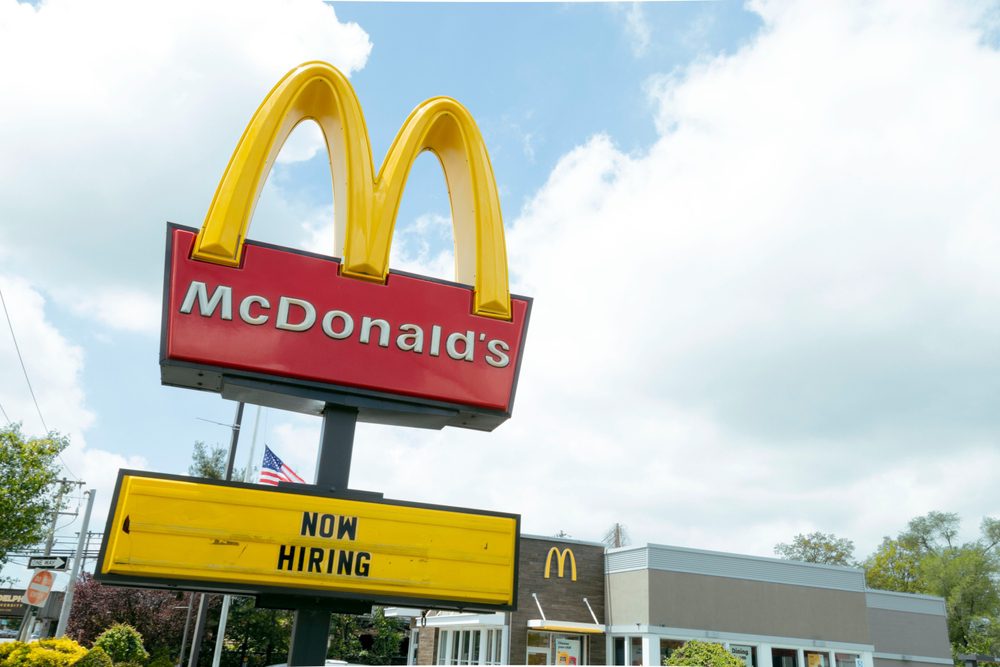Social media marketing can be broken down into two simple segments: free and paid.
According to research commissioned by Vizu, a Nielsen company, and conducted by Digiday, paid social media advertising is a widely utilized channel and is expected to claim a bigger share of budgets in 2013.
Free vs. paid
The study found that 89 percent of advertisers use free social media tools (e.g., Facebook, Twitter, YouTube), while 75 percent utilize paid social media (e.g., paid ads on Facebook, sponsoring blog content). More advertising agencies use paid media (81 percent) than free tools (71 percent).
“Though paid social media advertising is increasing, it is still a relatively new practice among advertisers,” Vizu notes in the study. Seventy percent of advertisers say 1-10 percent of their online budgets are set aside for social media advertising, while 18 percent say 11-20 percent of their budget is dedicated to the medium and 13 percent say 21+ percent of their budget is dedicated to the medium.
However, 64 percent of advertisers expect to increase their paid social media budgets in 2013, while 34 percent say they expect their social advertising budgets to remain the same and 2 percent expect these budgets to decrease.
Of those who expect their social advertising budgets to increase this year, 41 percent say they’ll increase them by 1-10 percent, 15 percent say the increase will be 11-20 percent and 11 percent say the increase will be 21+ percent.
Where are the budgets coming from?
According to the study, 41 percent of advertisers say social media has its own dedicated budget, while 39 percent say their social media advertising budget comes from offline channels. Meanwhile, 23 percent say their social media advertising budget comes from online display and 10 percent say they come from other online channels.
Integration
About two-thirds of advertisers say they run social ads with other online advertising most of the time, while 11 percent say they do this half of the time or less, and 11 percent say they rarely or never do this.
Meanwhile, 51 percent of advertisers say they run social ads with offline advertising most or all of the time, while 31 percent say they do this half of the time or less, and 18 percent say they rarely or never do this.
Objectives
According to the study, 45 percent of advertisers say they use paid social media advertising primarily for branding goals (e.g., raising awareness, influencing brand opinions), while 16 percent say they use the channel for direct-response goals (e.g., driving product trials or site visits).
Social ROI
While media sellers use likes/pins, click-throughs and views as top metrics for social ROI, advertisers and agencies say sales generated, brand lift and shares/reposts are the most important metrics to use.
The study finds that 58 percent of advertisers and 65 percent of ad agencies would increase their use of paid social media advertising if there was more clarity about how to measure social media ROI.
“Social media is no longer being viewed as its own discrete medium but instead used alongside other tactics to achieve an overall, usually branding-related, objective,” according to Vizu. “However, there is a gap between how marketers would like to use the medium and the current reality.”
By Jason Hahn


 Network
Network

